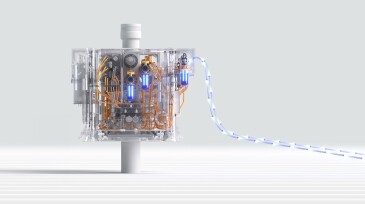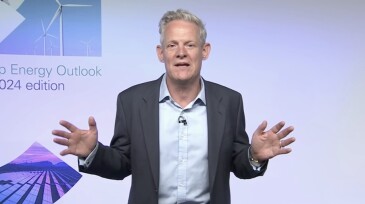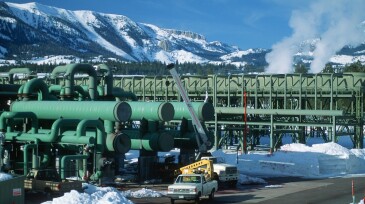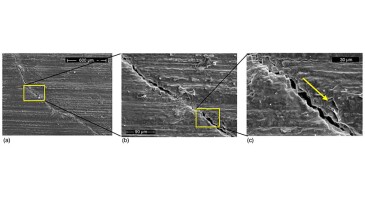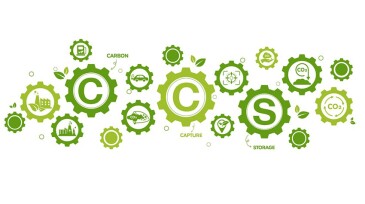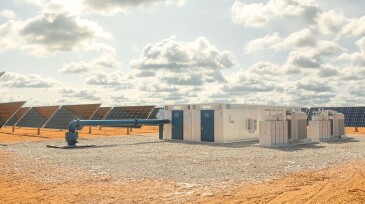Sustainability
The two companies said they will evaluate the possibility of a joint venture to develop a direct air capture hub in South Texas, with XRG considering investing up to $500 million.
The plant at Heidelberg Materials’ cement facility in Brevik, Norway, has captured its first 1,000 metric tons of carbon dioxide.
The times are changing and so are our industry’s prospects, as hydrocarbons are now recognized as cardinal to affordable energy security for the conceivable future. But, in avoidance of suspense, the answer to the headline question is “absolutely.” Here we look at the rationale why.
-
The 12-well campaign is expected to accelerate global adoption of electric subsea technology and reduce emissions from subsea operations.
-
This paper presents how one operator has developed a culture of circular decommissioning with the main goal of setting up a structured process to improve environmental performance by implementing the principles of a circular economy during decommissioning.
-
A new article offers a comprehensive review of worldwide energy transitions to carbon neutrality and introduces the Decarbonization Index, an innovative indicator designed to gauge the progress of a nation’s energy transition.
-
BP’s 2024 Energy Outlook warns delayed decarbonization efforts will result in costly and disorderly energy transition.
-
Houston-based enhanced geothermal systems pioneer uses fracturing and other oil and gas technologies to stabilize power grids with zero-carbon renewable energy that doesn’t depend on the weather.
-
The aim of this study is to address and discuss the reservoir engineering aspects of geological hydrogen storage.
-
This paper examines the shortfalls of current CO2 capture and storage measures and their future within the context of increasing global consumption of fossil fuels.
-
The Permian’s produced-water challenge presents an opportunity for innovation to pave the way toward a more sustainable future for the industry.
-
An economic analysis of a wellbore methodology in natural gas fields that uses gasification of methane within the wellbore (not within the reservoir) for hydrogen production while incorporating simultaneous sequestration of carbon. This new methodology offers significant energy and cost savings in addition to zero carbon being produced to the surface.
-
Hunt Energy Network invested $10 million into Quidnet to help scale up the company’s concept for geopressured energy storage to the tune of 300 MW.




